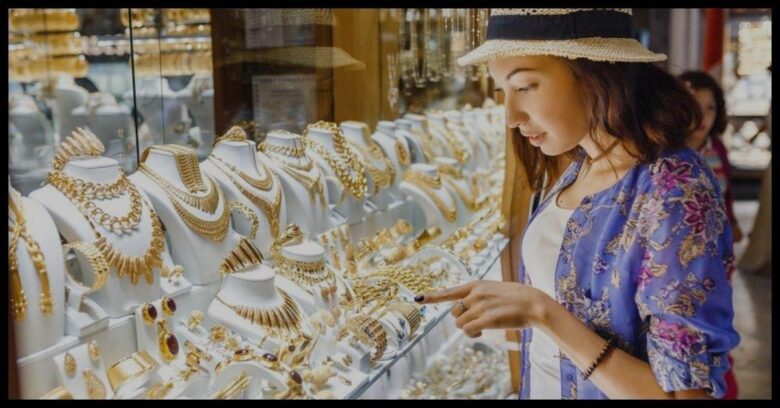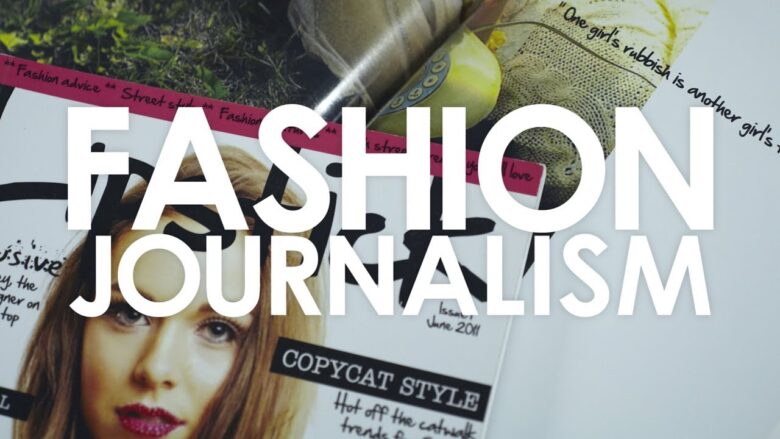
Creating a teen fashion advertisement involves understanding the unique preferences and behaviors of the teenage demographic. Teens are trend-conscious, digitally savvy, and seek individuality while staying in tune with the latest styles. To craft an effective campaign, it’s essential to blend creativity, authenticity, and strategic messaging. Here’s a guide to developing a compelling teen fashion advertisement:
Know Your Audience
Demographics and Psychographics:
Age Range: Typically, teen fashion targets individuals between 13-19 years old.
Interests: Popular interests include social media, music, sports, pop culture, and technology.
Values: Teens value self-expression, diversity, sustainability, and authenticity.
Trends and Influences:
Influencers and Celebrities: Teens are heavily influenced by social media personalities and celebrities. Collaborating with influencers can significantly boost your campaign’s reach and credibility.
Social Media Platforms: Instagram, TikTok, and Snapchat are the most popular platforms among teens. Tailoring your content for these platforms is crucial.
Creative Concept
Theme and Storyline:
Relatable Scenarios: Use scenarios that resonate with teenage experiences, such as school life, friendships, and hobbies. A day-in-the-life theme can be particularly effective.
Empowerment and Confidence: Highlight how your fashion line empowers teens to express their unique identities and feel confident.
Visual and Aesthetic Appeal:
Vibrant Colors and Bold Designs: Use eye-catching colors and trendy designs to capture attention. Teens are drawn to visually dynamic and engaging content.
Diverse Representation: Ensure your campaign reflects diversity in ethnicity, body types, and styles. Inclusivity is important to today’s teens.
Messaging and Tone
Language:
Casual and Authentic: Use casual, relatable language that speaks directly to teens. Avoid overly formal or salesy tones.
Catchy Taglines: Create memorable and catchy taglines that encapsulate your brand’s message. For example, “Be Bold, Be You” or “Style Your Story.”
Values Alignment:
Sustainability: If your brand practices sustainable fashion, highlight this in your campaign. Teens are increasingly eco-conscious and appreciate brands that align with their values.
Body Positivity: Promote body positivity and self-love. Ensure that your messaging is inclusive and supportive of all body types.
Media and Channels
Social Media Campaigns:
Influencer Collaborations: Partner with teen influencers who align with your brand. Influencers can create engaging content, such as try-on hauls, lookbooks, and style challenges.
User-Generated Content: Encourage teens to share their outfits and tag your brand. Feature user-generated content on your social media pages to foster a sense of community.
Video Content:
TikTok and Instagram Reels: Create short, engaging videos that showcase your fashion line. Use popular music and trending challenges to increase visibility.
Behind-the-Scenes: Share behind-the-scenes content of photoshoots, design processes, and interviews with designers to build a deeper connection with your audience.
Campaign Execution
Launch Strategy:
Teasers and Previews: Build anticipation by releasing teasers and sneak peeks of your collection before the official launch.
Interactive Campaigns: Create interactive campaigns, such as polls, quizzes, and challenges, to engage your audience.
Events and Promotions:
Virtual Fashion Shows: Host virtual fashion shows or live-stream events to showcase your collection in real-time.
Exclusive Offers: Offer limited-time discounts, giveaways, and exclusive access to new arrivals to incentivize purchases.
Measuring Success
Engagement Metrics:
Likes, Comments, and Shares: Monitor social media engagement to gauge the popularity of your campaign.
Hashtag Usage: Track the usage of branded hashtags to measure the reach and impact of user-generated content.
Sales and Conversion Rates:
Traffic and Sales Data: Analyze website traffic and sales data to assess the effectiveness of your campaign in driving purchases.
Customer Feedback: Collect feedback through surveys and reviews to understand teen customer satisfaction and areas for improvement.
Example of a Teen Fashion Advertisement
Campaign Name: “Unleash Your Style”
Tagline: “Unleash Your Style – Because You’re One of a Kind”
Visuals:
Bright, bold colors and dynamic patterns.
Diverse group of teens showcasing different styles – streetwear, casual chic, sporty, and bohemian.
Energetic and fun vibe, with teens enjoying various activities like skateboarding, hanging out at a café, and attending a concert.
Content:
TikTok Videos: Quick outfit transformations, style challenges, and trend tutorials.
Instagram Stories: Behind-the-scenes clips from the photoshoot, polls asking followers to vote on their favorite looks, and influencer takeovers.
User-Generated Content: Encouraging followers to share their outfits with the hashtag #UnleashYourStyle for a chance to be featured on the brand’s page.
Influencer Collaborations:
Partnering with popular teen influencers who resonate with different style segments of your audience.
Influencers creating lookbooks and styling tips videos featuring the new collection.
Launch Event:
A virtual fashion show streamed live on Instagram and TikTok, featuring influencers and real customers walking the runway.
Interactive Q&A sessions with the brand’s designers and influencers post-show.
Conclusion
Crafting a successful teen fashion advertisement requires a deep understanding of the teen demographic, creative storytelling, and strategic use of social media platforms. By emphasizing authenticity, inclusivity, and engagement, your campaign can effectively resonate with teens, driving both brand loyalty and sales. Remember, the key to capturing the teen market lies in staying relevant, being innovative, and always listening to your audience’s evolving needs and preferences.


